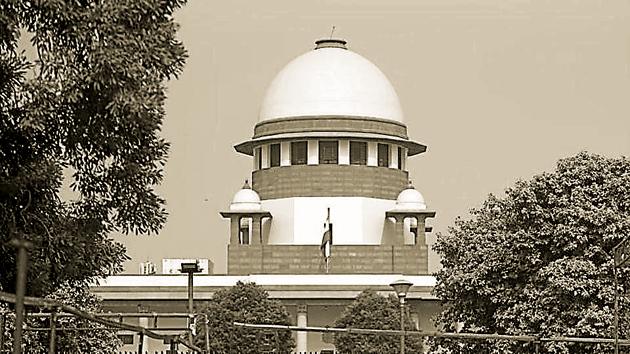The Supreme Court’s jurisprudence on reservations has gaps | Opinion
If the constitutional right to equality is about substantive equality, target groups have a right to affirmative action.
Last month, a Supreme Court judgment, holding that there was no fundamental right to reservation under the Indian Constitution, caused something of a furore. The judgment was criticised, and there were calls for a Bharat bandh in protest. In terms of law, however, there was nothing particularly surprising or novel about the judgment. The court only reiterated the existing position of law, according to which, reservations are provided at the discretion of the government; if it chooses not to do so, the court cannot compel it otherwise.

Although this position of law is a settled one, it is nonetheless at odds with certain other principles at the heart of the constitutional vision of equality. To understand this, we need to undertake a brief historical tour. Until 1976, the Supreme Court had consistently held that the constitutional guarantee of equality before the law referred to “formal equality” — of simply ensuring that on its face, the law did not discriminate between sections of people. Article 16(4) of the Constitution — which allowed the State to make reservations in public employment — was considered to be an “exception” to the general “rule” of formal equality. Thus, it was interpreted narrowly.
In a 1976 judgment called NM Thomas, however, the Supreme Court transformed this understanding of equality. It held that the Constitution was committed to an idea of substantive equality, ie it had to take the actual circumstances of people into account when determining what constituted “equal treatment”.
In this context, on the face of it, “neutral” policies would violate the principle of equality if they treated people, in materially different circumstances, in the same fashion. Using this principle, the Supreme Court went on to hold that Article 16(4) was no longer an “exception” to the general rule of equality, but a “facet”, or “emphatic restatement” of it.
The principled reason for this position was that groups of people who face structural and institutional barriers towards being able to compete on “equal terms” with others in society — for reasons that are historical, but whose effects are enduring — must be treated in a way that mitigates those existing conditions of inequality.
Reservations — under this understanding — were a means to bring about genuine and true equality, and not a set of privileges or gifts. It would, therefore, follow that substantive equality itself required a set of affirmative action measures to pull up those that society had kept suppressed for many centuries. And it would inevitably follow from that, that once target or beneficiary groups were identified, they had a right to, or a claim over, such measures. Thus, even though there might not be a stand-alone right to a quota as such, there would certainly be an obligation upon governments to collect data on the question of representation and structural inequality, and then act upon that data. Thus, as the lawyer Karan Lahiri points out, creating reservations is not only a “power” vested in the government, but also involves a “duty” — a duty to ascertain which individuals or groups stand in need of affirmative action, to fulfil the promise of substantive equality.
Unfortunately, however — despite the judgment in NM Thomas — the Supreme Court’s own jurisprudence on this issue has lagged behind. Thus, the court has continued to hold that it cannot direct the government to grant reservations, or even to collect data on the question of which groups are inadequately represented in public services, and for what reason.
February’s judgment is a reiteration of that legal position. However, as we have seen, this legal position is in apparent conflict with the Constitution’s commitment to genuine and true equality, which takes account of both past and continuing injustices. In 2014, in its NALSA judgment, the Supreme Court recognised that fact when it directed affirmative action measures for the transgender community (the government is yet to comply with that part of the judgment). It is now time to extend that understanding across the board.






